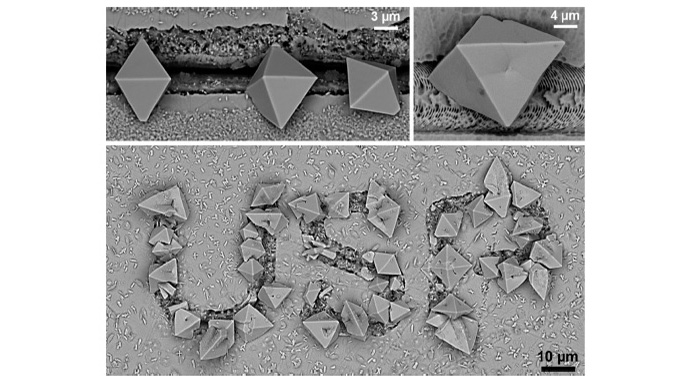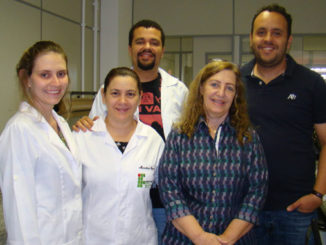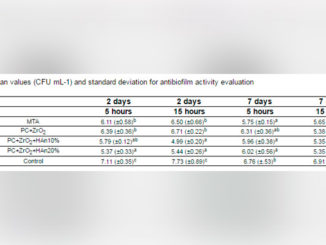
Writers: Almeida, J. M. P. and Almeida, G. F. B. and Hernandes, A. C. and Mendonca, C. R.
Keywords: Lead oxide
Abstract: Lead oxide is an important glass modifier not only for affecting the chemical and mechanical stabilities of glasses{,} but also for improving their thermal and optical properties. Since specific properties are associated with the presence of PbO{,} its crystallization is important to enhance the material performance. Although considerable advances have been achieved regarding the fabrication of glass-ceramic from lead-based glasses{,} the spatial confinement of the crystallization remains challenging. Direct laser writing (DLW) has been considered an essential technique to overcome this issue{,} since material properties can be changed in localized and pre-determined regions. Although DLW with femtosecond laser pulses has been widely used for glass processing{,} its usage for phase transformations and control of the architecture of crystals has not been much exploited. This paper reports the design and control of [small beta]-PbO and 3PbO[middle dot]H2O crystalline phases in a lead borate glass using fs-DLW followed by chemical etching at room temperature. We demonstrated that the etching in aqueous KOH solution is responsible for the glass crystallization{,} whereas the grooves produced by fs-laser pulses enable the selective crystallization in a pre-determined 2D pattern. The method described herein is important as it can control phase transformation at the micrometer scale and also permits the growth of lead oxide and lead oxide hydrate phases{,} which are not achieved by heat treatment. The morphologies of these microcrystals correspond to the structure of the respective compounds{,} being an octahedral euhedral crystal for 3PbO[middle dot]H2O and thin sheets for [small beta]-PbO crystalline phases.




